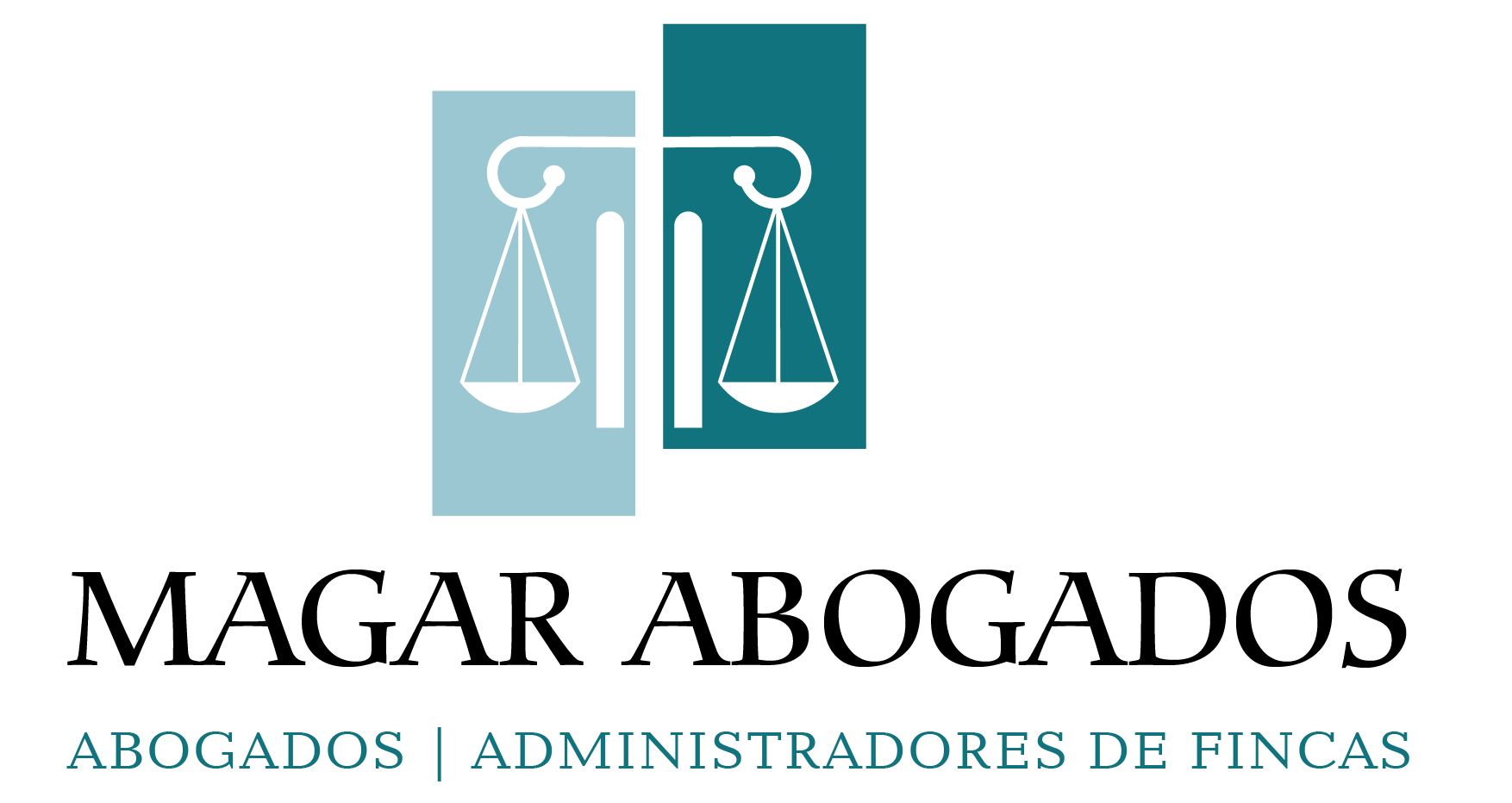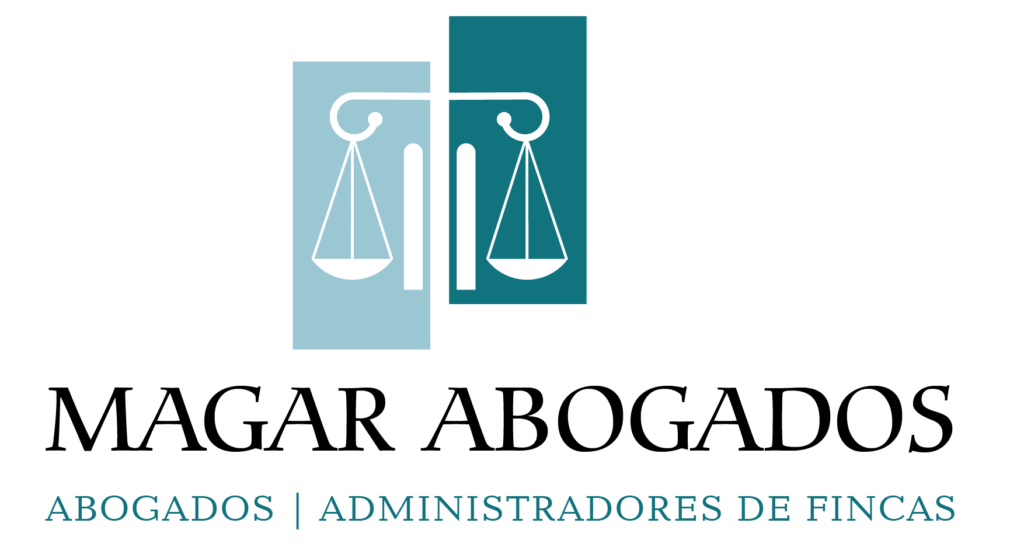Later on, the vast majority of expenses are going to be maintenance-related (i.e., replacements and minor updates) because the core infrastructure has already been set up. A company with a high DOL coupled with a large amount of debt in its capital structure and cyclical sales could result in a disastrous outcome if the economy were to enter a recessionary environment. Common examples of industries recognized for their high and low degree of operating leverage (DOL) are described in the chart below.
Why You Can Trust Finance Strategists
Let us take the example of Company A, which has clocked sales of $800,000 in year one, which further increased to $1,000,000 in year two. In year one, the operating expenses stood at $450,000, while in year two, the same went up to $550,000. After the collapse of dotcom technology market demand in 2000, Inktomi suffered the dark side of operating leverage. As sales took a nosedive, profits swung dramatically to a staggering $58 million loss in Q1 of 2001—plunging down from the $1 million profit the company had enjoyed in Q1 of 2000. Even a rough idea of a firm’s operating leverage can tell you a lot about a company’s prospects.
- After calculating the leverage by applying the formula, if the result is equal to 1, then the operating leverage indicates that there are no fixed costs, and the total cost is variable in nature.
- It is used to evaluate a business’ breakeven point—which is where sales are high enough to pay for all costs, and the profit is zero.
- Just like the 1st example we had for a company with high DOL, we can see the benefits of DOL from the margin expansion of 15.8% throughout the forecast period.
- Adam Hayes, Ph.D., CFA, is a financial writer with 15+ years Wall Street experience as a derivatives trader.
But since companies with low DOLs usually have lower fixed costs, they don’t have to sell as much to cover these expenses and they can better weather economic ups and downs. Variable costs decreased from $20mm to $13mm, in-line with the decline in revenue, yet the impact it has on the operating margin is minimal relative to the largest fixed cost outflow (the $100mm). From Year 1 to Year 5, the operating margin of our example company fell from 40.0% to a mere 13.8%, which is attributable to $100 million fixed costs per year. In addition, in this scenario, the selling price per unit is set to $50.00, and the cost per unit is $20.00, which comes out to a contribution margin of $300mm in the base case (and 60% margin). The direct cost of manufacturing one unit of that product was $2.50, which we’ll multiply by the number of units sold, types of expenses in accounting as we did for revenue.
Which of these is most important for your financial advisor to have?
Degree of combined leverage (DCL) is another financial ratio that comes up in accounting. It’s used to evaluate how the DOL and the degree of financial leverage (DFL) affect a business’s earnings per share (EPS). The only difference now is that the number of units sold is 5mm higher in the upside case and 5mm lower in the downside case.
To illustrate how this works, let’s consider a hypothetical business that earned $400,000 in sales in its first year and $500,000 in its second year. Its operating expenses in the first year were $75,000 and in the second year, they were $90,000. Regardless of whether revenue increases or decreases, the margins of the company tend to stay within the same range. If sales and customer demand turned out lower than anticipated, a high DOL company could end up in financial ruin over the long run. As a result, companies with high DOL and in a cyclical industry are required to hold more cash on hand in anticipation of a potential shortfall in liquidity.
In fact, operating leverage occurs when a firm has fixed costs that need to be met regardless of the change in sales volume. The Operating Leverage measures the proportion of a company’s cost structure that consists of fixed costs rather than variable costs. This means that they are fixed up to a certain sales volume, varying to higher levels when production and sales volume increase.
Increasing utilization infers increased production and sales; thus, variable costs should rise. If fixed costs remain the same, a firm will have high operating leverage while operating at a higher capacity. One conclusion companies can learn from examining operating leverage is that firms that minimize fixed costs can increase their profits without making any changes to the selling price, contribution margin, or the number of units they sell. By contrast, a retailer such as Walmart demonstrates relatively low operating leverage. The company has fairly low levels of fixed costs, while its variable costs are large. For each product sale that Walmart rings in, the company has to pay for the supply of that product.
Operating Leverage Calculator
The minute business picks up, fixed assets such as property, plant and equipment (PP&E), as well as existing workers, can do a whole lot more without adding additional expenses. This ratio summarizes types of operational projects the effects of combining financial and operating leverage, and what effect this combination, or variations of this combination, has on the corporation’s earnings. Not all corporations use both operating and financial leverage, but this formula can be used if they do. A firm with a relatively high level of combined leverage is seen as riskier than a firm with less combined leverage because high leverage means more fixed costs to the firm. The higher the degree of operating leverage (DOL), the more sensitive a company’s earnings before interest and taxes (EBIT) are to changes in sales, assuming all other variables remain constant. The DOL ratio helps analysts determine what the impact of any change in sales will be on the company’s earnings.
Degree of Operating Leverage Formula
It is a key ratio for a company to determine a suitable level of operating leverage to secure the maximum benefit out of a company’s operating income. The formula is used to determine the impact of a change in a company’s sales on the operating income of that company. In contrast, a company with relatively low degrees of operating leverage has mild changes when sales revenue fluctuates. Companies with high degrees of operating leverage experience more significant changes in profit when revenues change.


